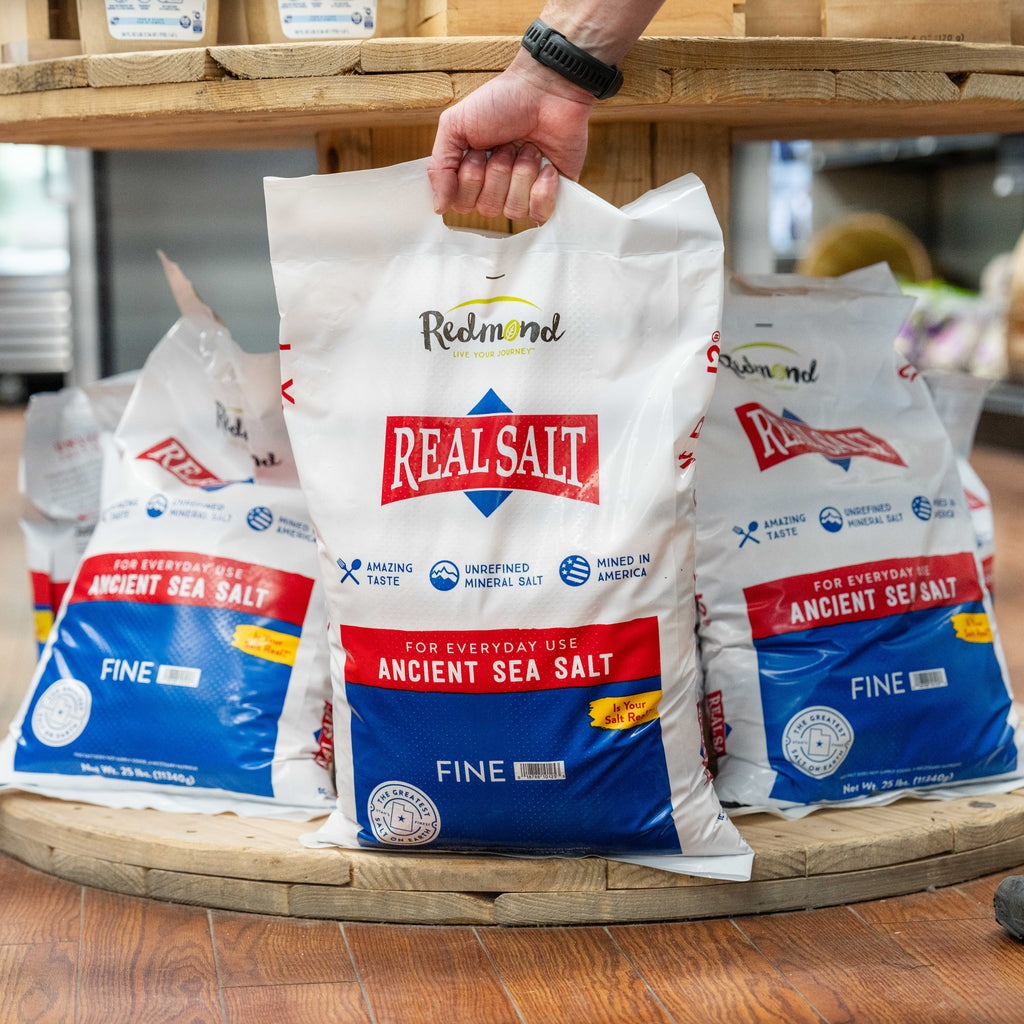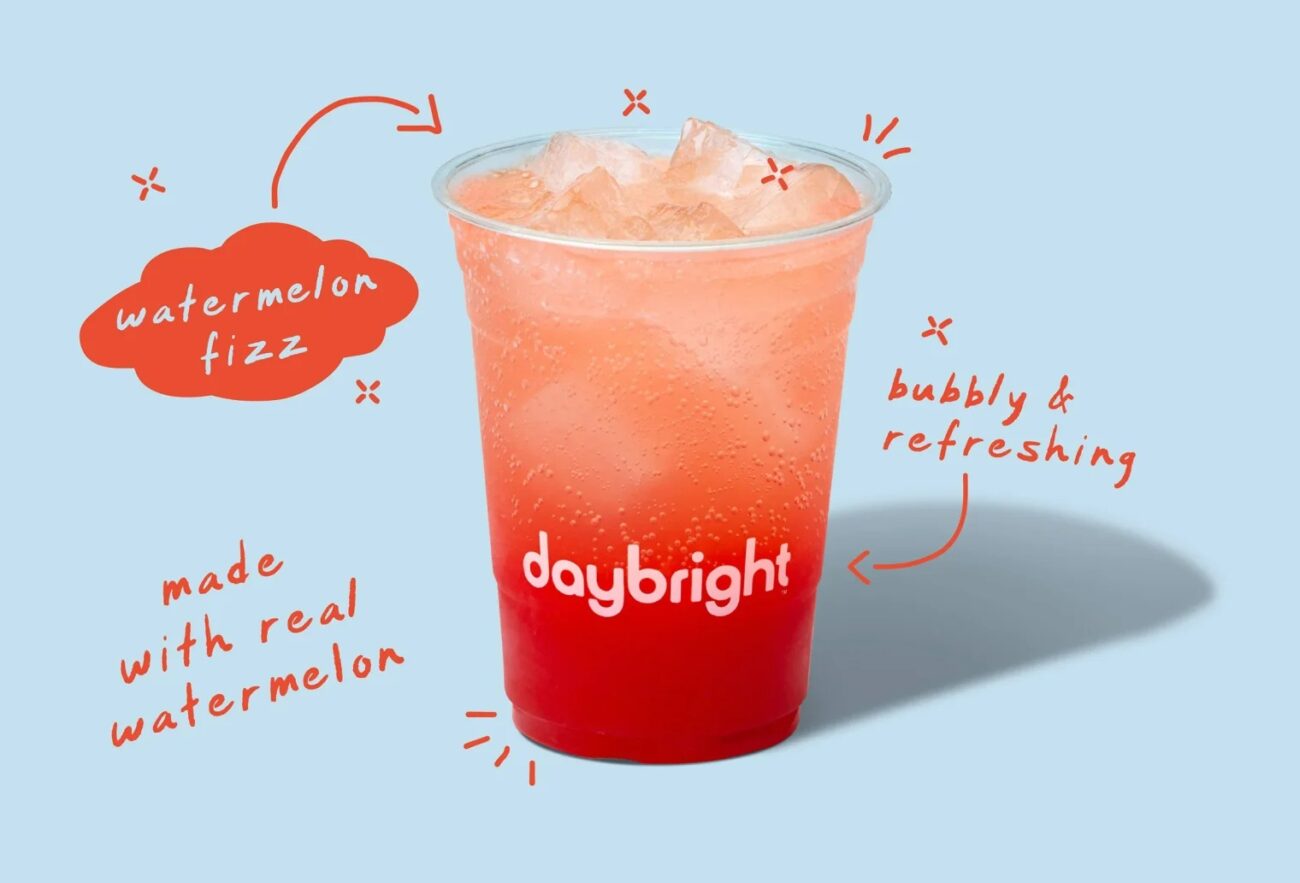Your kitchen staple might be poisoning your family. Independent laboratory testing commissioned by Lead Safe Mama, LLC found Redmond Real Salt—marketed as “Ancient Sea Salt, Mined in America”—contains lead at 290 parts per billion, nearly 58 times higher than the 5 ppb Action Level proposed by medical experts for children’s food safety.
The Utah-mined salt also tested positive for arsenic at levels exceeding scientific safety recommendations. These findings demolish the company’s marketing claims of “pure” and “unprocessed” salt “safe from modern pollutants.”
When “Natural” Becomes Dangerous
Geological contamination challenges the myth that mined equals safe.
Action Levels represent the scientific consensus on when contaminant concentrations become medically unacceptable—especially for vulnerable populations like children. Unlike legal limits, which often balance industry concerns with safety, Action Levels prioritize health protection based on toxicological evidence.
The contamination stems from natural geological processes in Utah’s mining region, where lead and arsenic concentrate in mineral deposits. Yet “natural” contamination poses identical health risks to industrial pollution.
Daily salt consumption creates cumulative exposure that bioaccumulates in organs over time.
Key findings from the testing:
- Lead detected at 290 ppb vs. 5 ppb Action Level threshold
- Arsenic present at levels deemed unsafe by medical standards
- Contamination originates from Utah’s geological mineral composition
- No federal legal limits currently exist for heavy metals in salt
- Regular consumption amplifies health risks through bioaccumulation
The Health Stakes Are Real
Medical consensus confirms no safe level of lead exposure exists.
There is no safe level of lead exposure at any age, particularly for children, according to established medical guidelines. Lead accumulates in bones, organs, and tissues, causing neurological damage, kidney dysfunction, cardiovascular disease, and developmental impairment.
Children face the highest risk because their developing brains absorb lead more readily than adults. Even trace daily exposure from contaminated salt—seemingly insignificant amounts—contributes to total body burden that persists for years.
The health implications extend beyond lead. Chronic arsenic exposure links to cancer, cardiovascular disease, and immune system dysfunction. When families use this salt daily in cooking and table seasoning, they unknowingly expose themselves to persistent toxins. This latest lead contamination scare demonstrates the broader pattern of heavy metal issues in everyday food products.
Safer Options Exist
Consumers can choose independently tested alternatives with verified low contamination.
The regulatory gap between legal compliance and health protection leaves consumers vulnerable. While Redmond’s salt may meet loose international standards, it fails modern scientific safety thresholds designed to protect children.
Smart shoppers should demand third-party laboratory reports showing heavy metal levels below proposed Action Level thresholds. Several salt brands provide such documentation, proving safer alternatives exist without sacrificing flavor or culinary performance.
This controversy exposes how “natural” marketing can mask serious health risks, leaving families to navigate safety decisions that regulations should address.


















